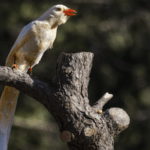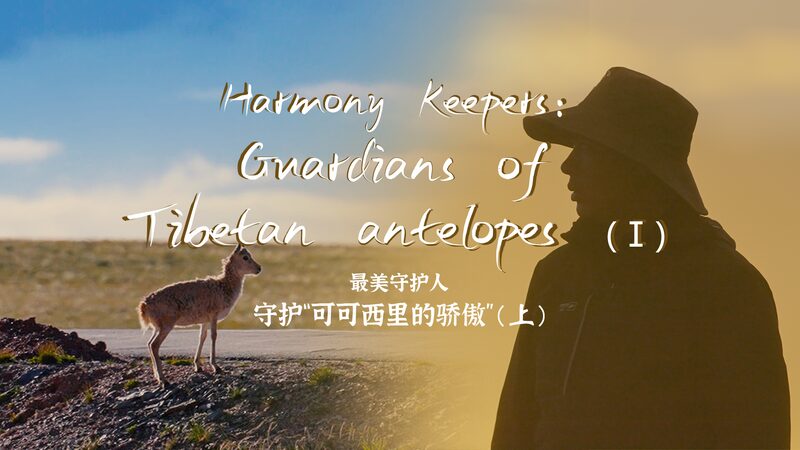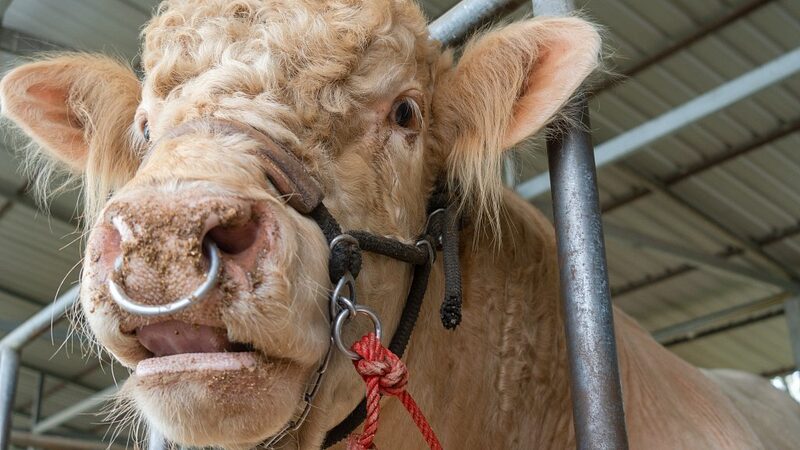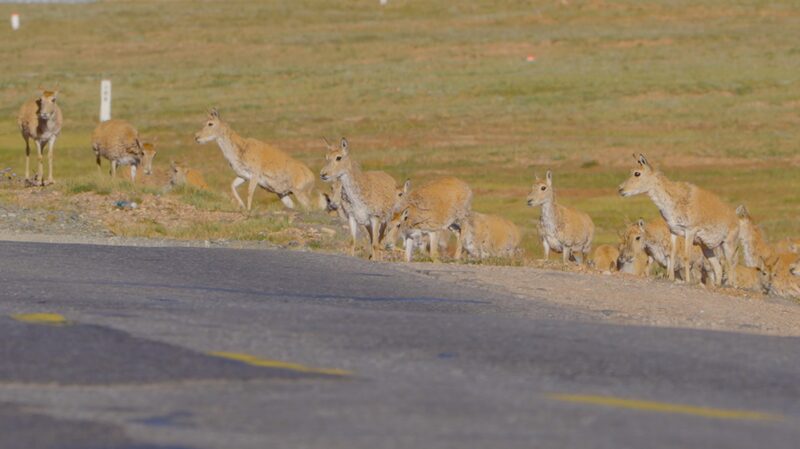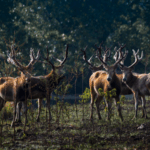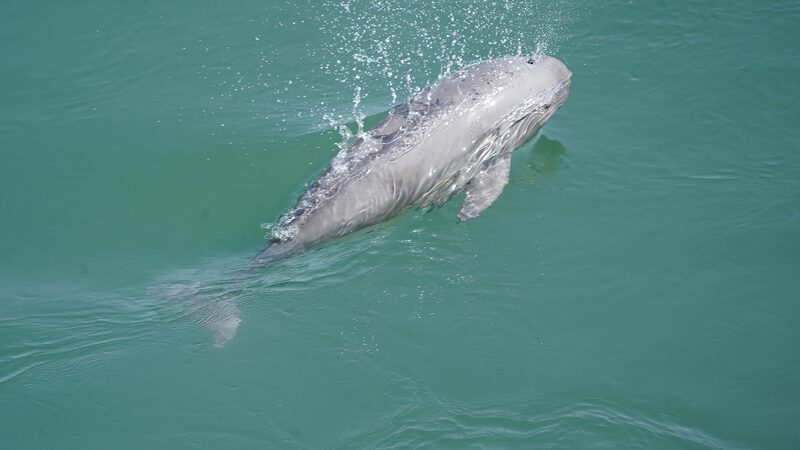Nature’s Marathon: Antelopes Brave ‘No-Life Zone’ to Give Birth
Every summer, thousands of female Tibetan antelopes embark on a perilous journey across China’s high-altitude wilderness. From May to July, these agile creatures—capable of sprinting at 80 km/h (faster than your city’s highway speed limit!)—migrate to Hoh Xil Nature Reserve’s Lake Zhuonai to deliver their calves. 🏔️
Guardians of the Herd
To protect these first-class state-protected animals, the Hoh Xil management authority activated the Wudaoliang protection station on May 7. This year’s migration began with 47 antelopes passing through, followed by over 700 more monitored via conservation tech. Dr. Lian Xinming, a biologist, explains: \"We track six distinct groups across Qinghai, Xizang, and Xinjiang—only five migrate, while one stays put.\"
Surviving the ‘Roof of the World’
At 4,600 meters above sea level, Hoh Xil’s oxygen-thin air earned it the nickname ‘no-life zone.’ Yet Tibetan antelopes thrive here thanks to ultra-warm underfur and blood that carries 3x more oxygen than humans! ❄️💪
From Near Extinction to 70,000 Strong
Conservation wins are clear: Hoh Xil’s antelope population skyrocketed from 20,000 in the 1980s to over 70,000 today. A story of resilience that’s wilder than any nature documentary! 🌿
Reference(s):
cgtn.com

